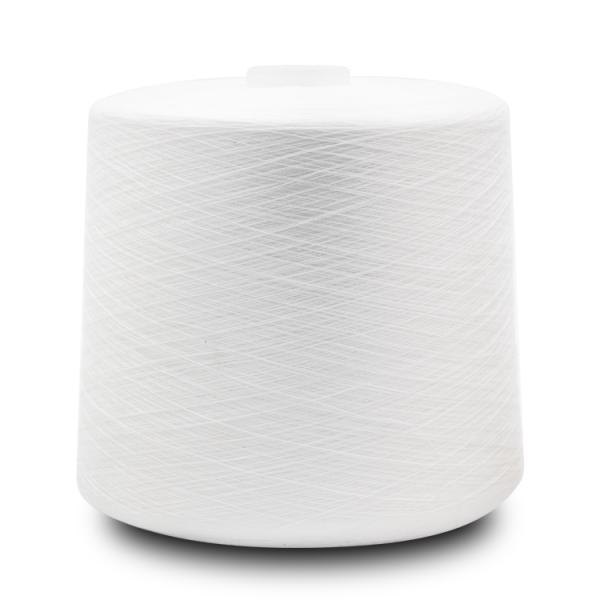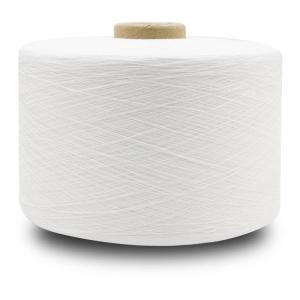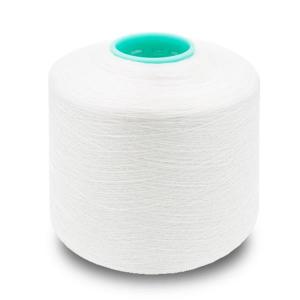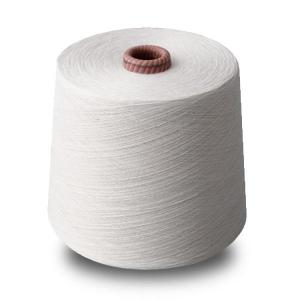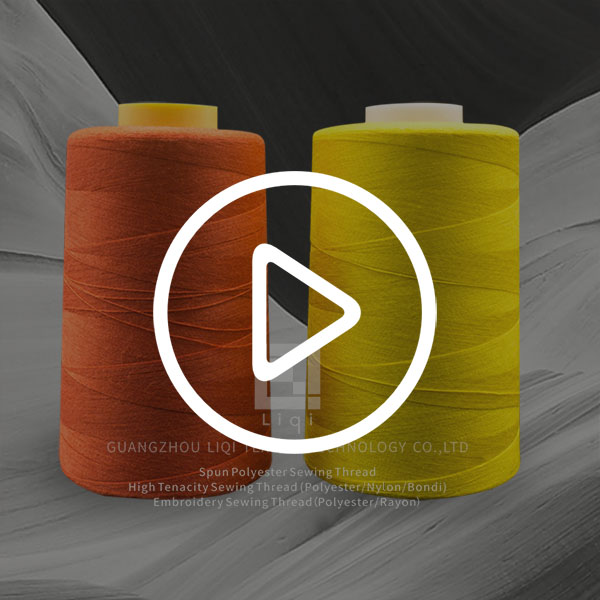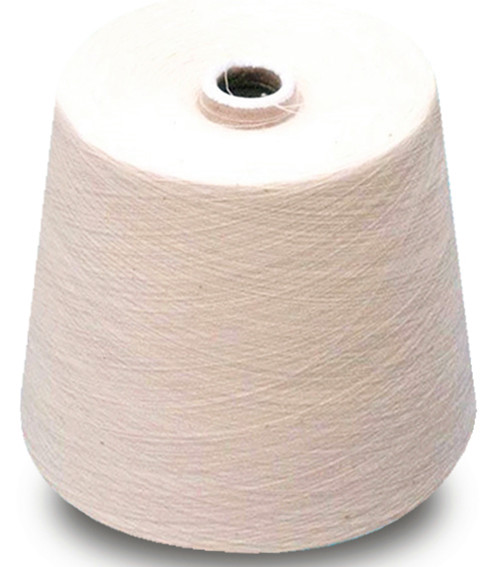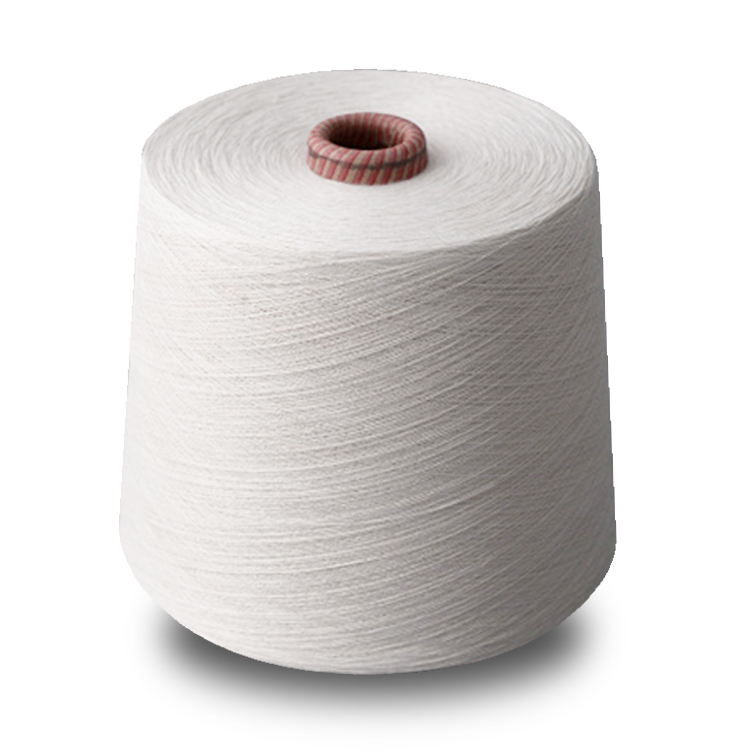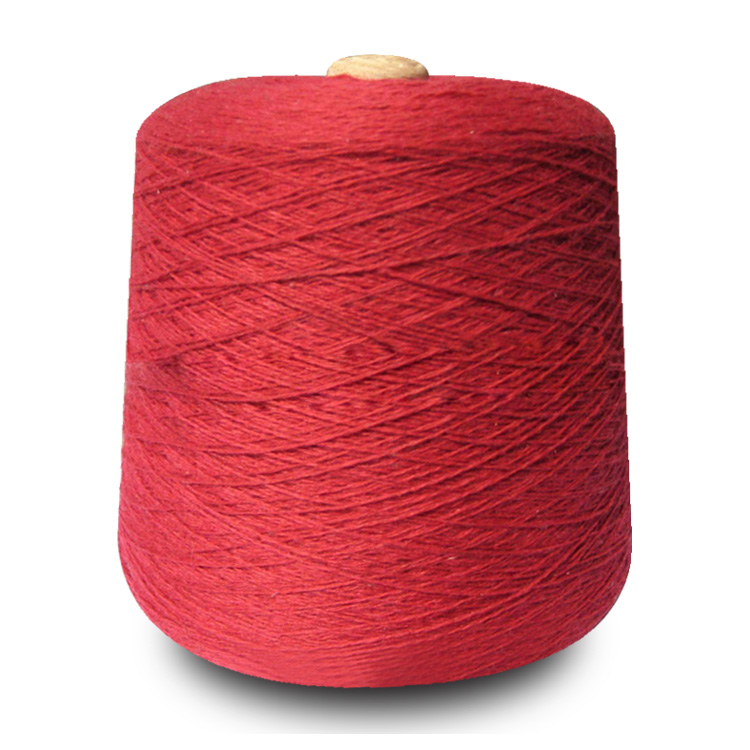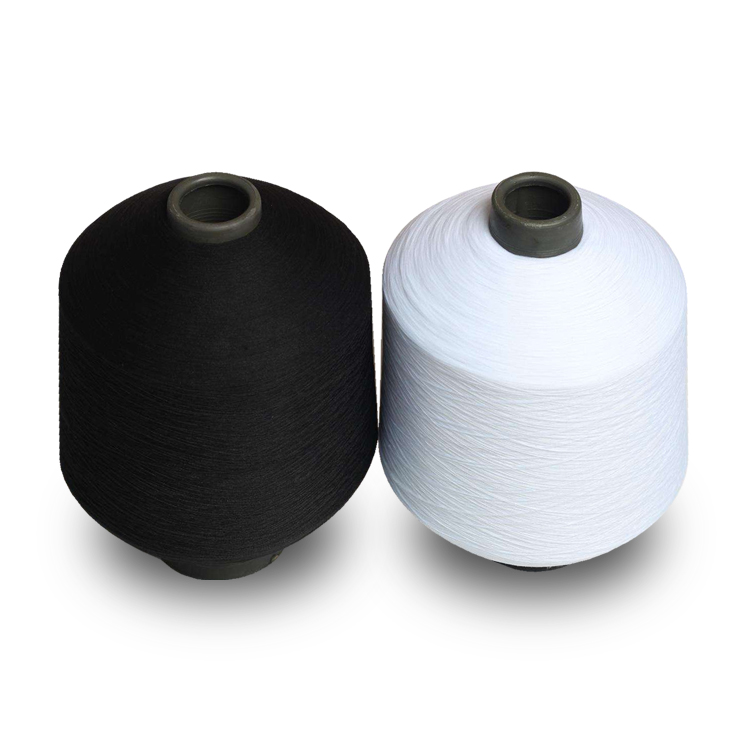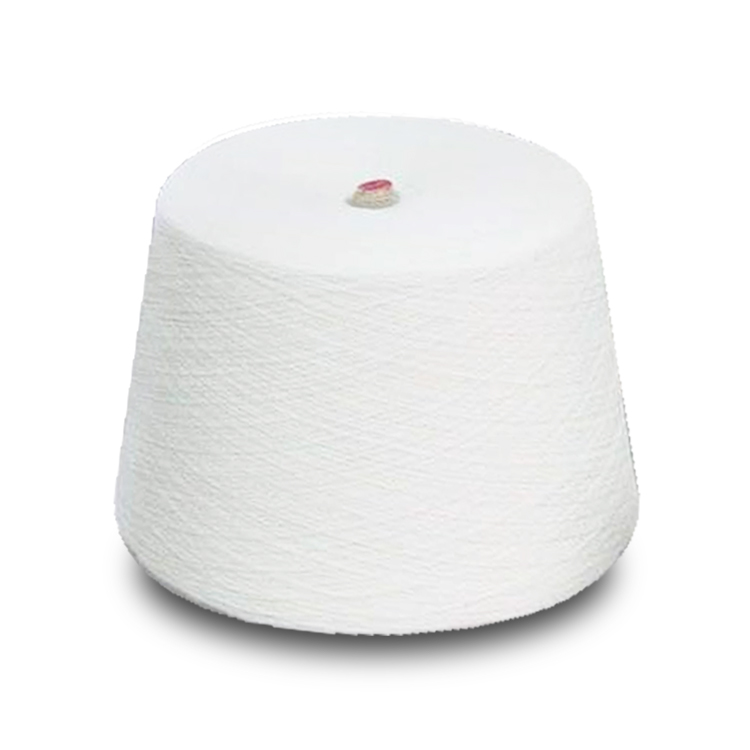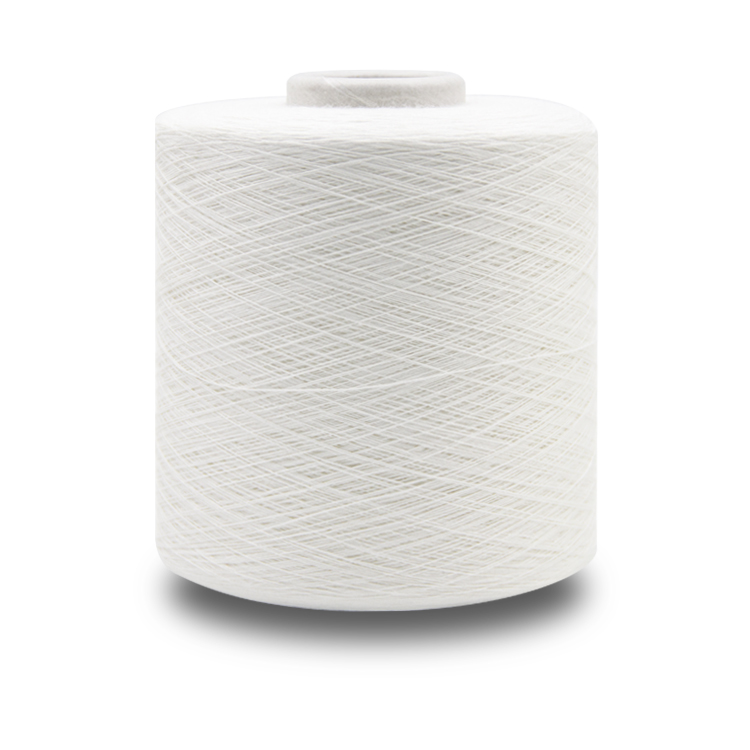Share to:
Related Products
70d 100 Cotton Thread Raw Material Filament Yarn Polyester Yarn for Sewing Thread
LQ-0221
Price: From $0.66
Delivery time: 9-20 days after payment
MOQ: 500 KG
Cotton yarn production and manufacturing methods are relatively complex. Generally speaking, there are two kinds of spinning methods at present, that is, combed yarn and combed yarn.
Cotton Yarn Classification
There are many kinds of cotton yarn classification methods.
(1) According to the habit of roughness and fineness:
Roving yarn: 17 or less cotton yarns are roving yarns. Mainly used for weaving thick or looped cotton fabrics, such as coarse cloth, velvet, strong cloth, etc.; 2. Middle count yarn: 18-27 cotton yarns are middle count yarns, used for weaving plain cloth, twill cloth, satin and other general fabrics; 3. Spinning yarn: 28 or more cotton yarns, used for weaving fine cloth poplin, high-grade needles, woven fabrics.
(2) According to the principle of spinning:
Free-end spinning (such as air spinning and Siro spinning) and two-end holding spinning (such as ring spinning and compact spinning) are also popular in recent years. Vortex spinning is an improved spinning technology based on the principle of air spinning.
(3) According to the grade of cotton blending:
Carded yarn: Ring spinning yarn without combing process is used for general needles and woven fabrics; combed yarn: using high quality cotton fibers as raw materials, adding a combing process to the combed yarn in spinning process, and spinning yarn with good quality is used for weaving high-grade fabrics, such as high-grade poplin, fine cloth, etc. (3) Waste spinning: refers to the yarn made entirely from waste cotton treated in the spinning process, which is used to weave low-grade cotton blankets, flannel cloth and wrapping cloth; and (4) new spinning: yarn made from a new spinning system.
(4) According to twist direction:
Backhand twist (also known as Z twist) yarn is the most widely used in various fabrics. Backhand twist (also known as S twist) yarn is used for weft weaving of wool cloth.
(5) According to yarn use:
Warp yarn is the yarn parallel to the warp edge in woven fabrics, which has greater strength and larger twist in general; weft yarn is the yarn perpendicular to the warp edge in woven fabrics, which requires lower strength and lower twist than warp yarn to maintain a certain degree of softness; and knitting yarn requires cleanliness, uniformity and smaller twist in order to prevent it. Broken ends are caused when knitting is bent; (4) Industrial yarns such as tyre cord, conveyor belt yarn, medical yarn, etc.
(6) According to yarn dyeing and finishing and post-processing points:
(1) Natural yarn (also known as primary color yarn): maintain the natural color of fibers for weaving primary color grey cloth; 2) dyed yarn: primary color yarn cooked and dyed for dyeing and weaving; 3) dyed yarn (including blended yarn): yarn dyed with fibers first, then spun, can be woven into fabrics with irregular stars and patterns; 4) bleaching; Yarn: Bleached with primary yarn, used for weaving bleached cloth, can also be interwoven with dyed yarn into various dyed products; Mercerized yarn: mercerized cotton yarn. There are mercerized bleaching and mercerized dyeing yarns for weaving high-grade dyed fabrics; _Sintering yarn: Sintering machine burns off the yarn surface hairs to produce yarns with smooth surface for weaving high-grade products.
(7) According to the use, it can be divided into: (1) yarn for weaving (shuttle weaving): twist coefficient is greater than 360. 2) yarn for knitting: twist coefficient is less than 330.
(8) According to the yarn-forming equipment: ring spinning, air spinning (OE), Siro spinning, compact spinning, rotor spinning, eddy current spinning, electrostatic spinning, etc.
(9) According to the yarn form, the yarn can be divided into skein yarn and bobbin yarn.

